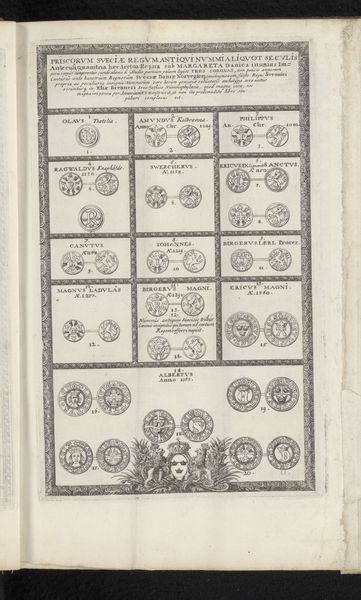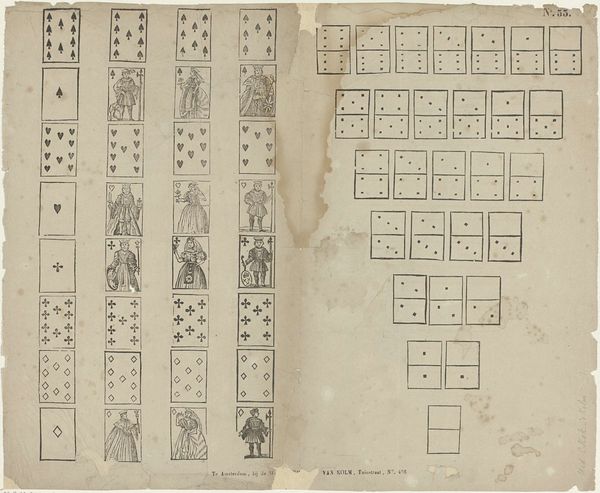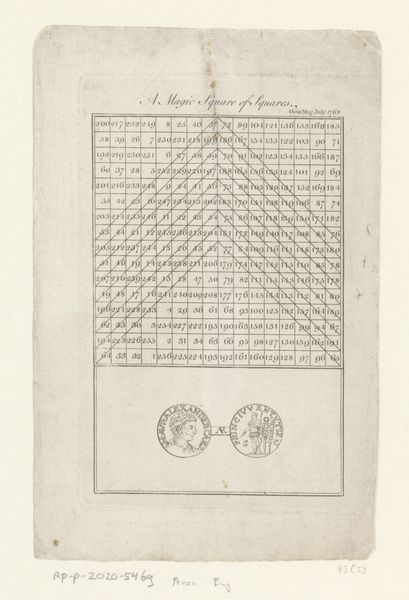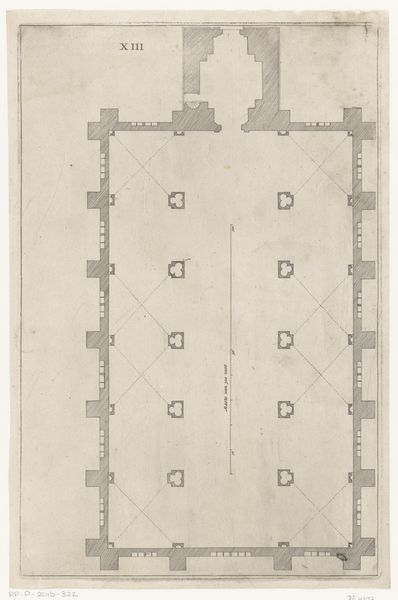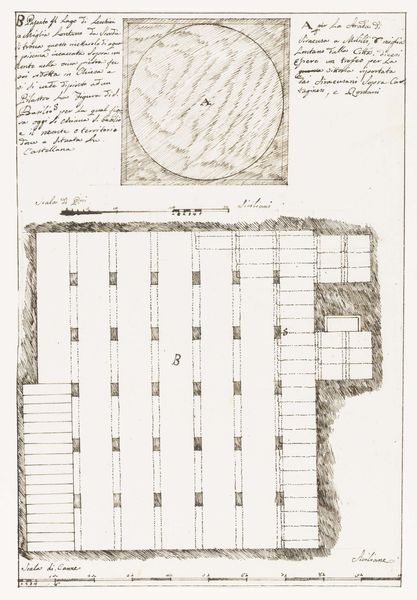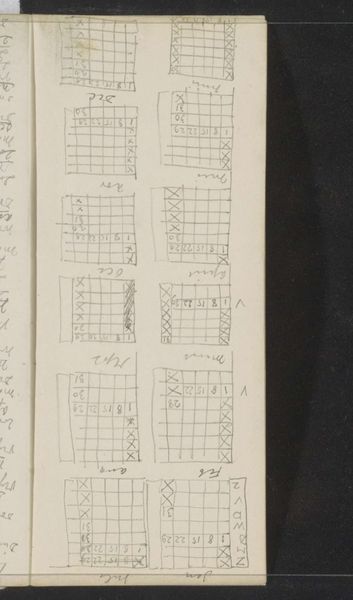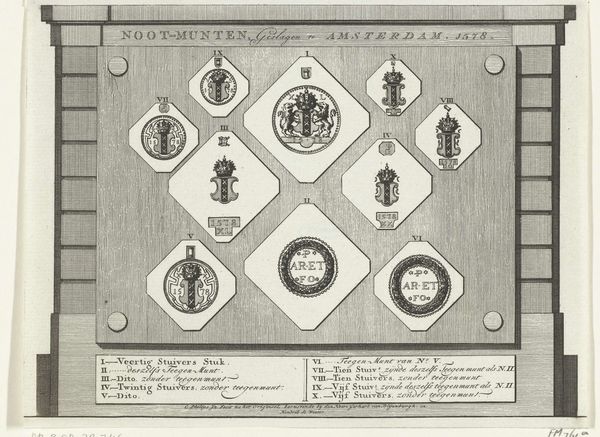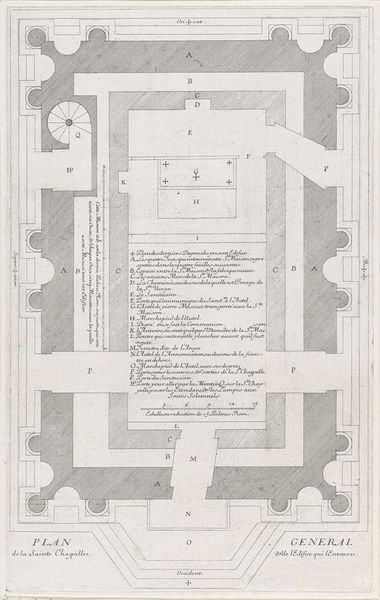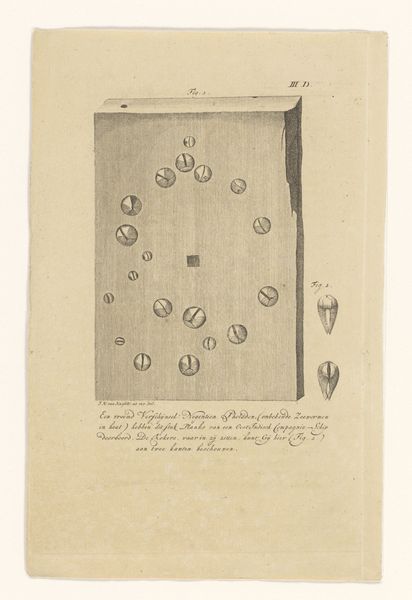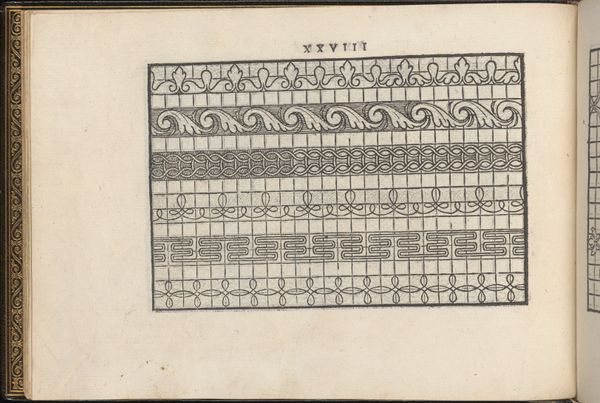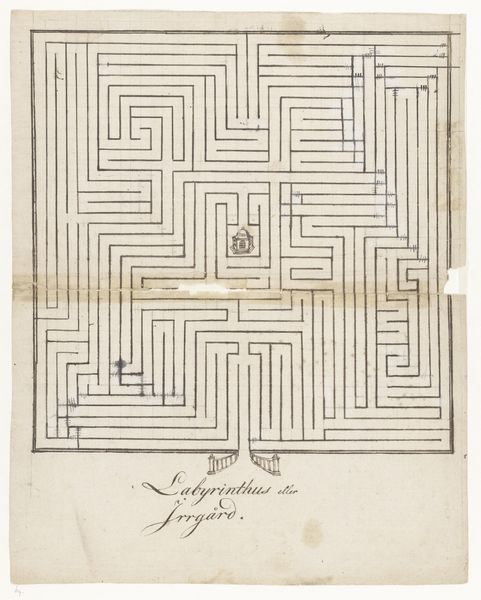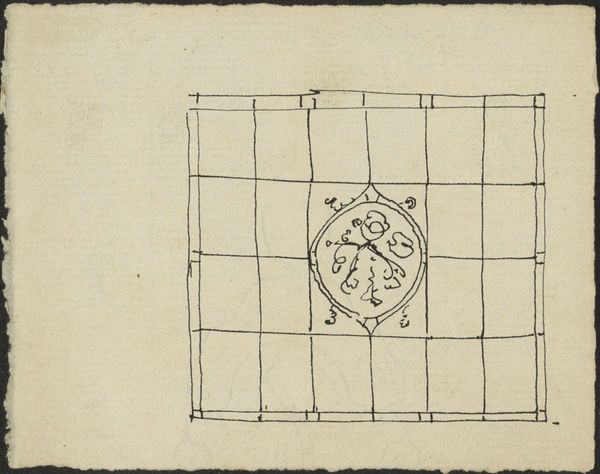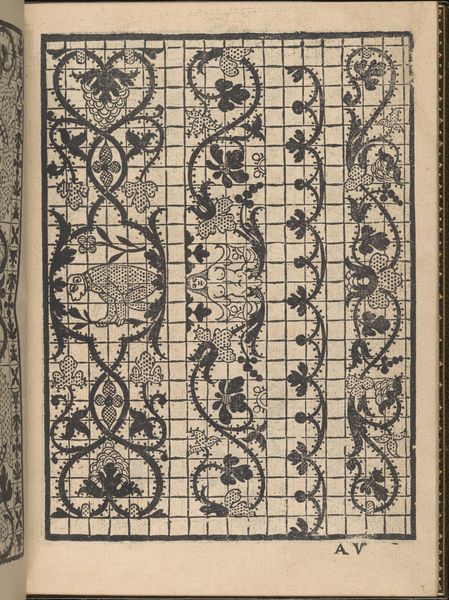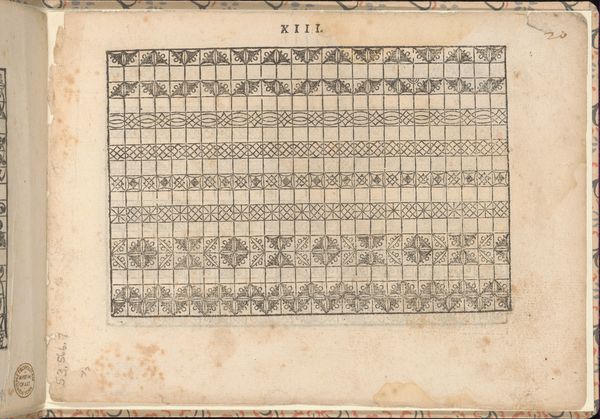
Ichnographia (or groundplan) of the Arch of Septimius Severus (above) and the Curia Hostilia (below) 1690 - 1704
0:00
0:00
drawing, print, etching, ink, engraving, architecture
#
drawing
# print
#
etching
#
etching
#
figuration
#
ink
#
ancient-mediterranean
#
men
#
cityscape
#
history-painting
#
italy
#
engraving
#
architecture
Dimensions: 13 1/16 x 8 -1/8 in. (33.2 x 20.6 cm)
Copyright: Public Domain
Curator: Jan Goeree, a name not as widely celebrated as it perhaps ought to be, crafted this etching and engraving, sometime between 1690 and 1704. Here, we see the "Ichnographia (or groundplan) of the Arch of Septimius Severus (above) and the Curia Hostilia (below)." Currently residing at the Metropolitan Museum of Art. What leaps out at you initially? Editor: The stark geometry, certainly. It’s like a puzzle box, flattened and splayed open. A sense of order striving to contain… well, what? Is it chaos, loss, oblivion? The cool, detached lines hint at grand design, yet there's a palpable feeling of something profoundly missing. Curator: Ah, a fine reading! That 'missing' element, I believe, speaks to the nature of historical representation itself. Goeree presents not the vibrant, bustling reality of ancient Rome, but an intellectual abstraction—a blueprint, almost clinical in its precision. The arch and the Curia, key sites of power and public life, reduced to diagrams. It prompts reflection: can a map ever truly capture the territory? Editor: Semiotically speaking, the architectural plan acts as a signifier pointing to a lost signified. The etching method with all the careful mark making and ink creates linear forms and spatial relationships. The ghostly groundplans with faint outlines represent an attempt to preserve something so great in memory through art, in that it offers access through structure. It also draws our attention to this kind of documentation with labels in Latin and subtle tonal washes with ink in areas. What thoughts crossed your mind? Curator: Yes! Precisely. One feels almost like an archaeologist poring over fragmented clues, piecing together a vanished civilization. My imagination always conjures those robed figures milling through those open courtyards. History painting at its most conceptual; where rather than seeing the actors in motion, you get a sense of their stage. And tell me about the placement of the figure at the bottom—does this feel familiar? Editor: He looks classical in his physique. An educated fellow observing as the audience observes. Perhaps someone significant or related to art-making, placed as a formal visual gesture. His melancholic presence infuses a wistful air into this otherwise stern piece. What did Goeree want viewers to perceive when composing this figure in relationship to the ichnographia? Curator: Absolutely. To look upon our efforts, and ponder history itself. Now that our conversation ends I feel so fortunate to remember it! Editor: And through memory it continues to survive and flourish.
Comments
No comments
Be the first to comment and join the conversation on the ultimate creative platform.
